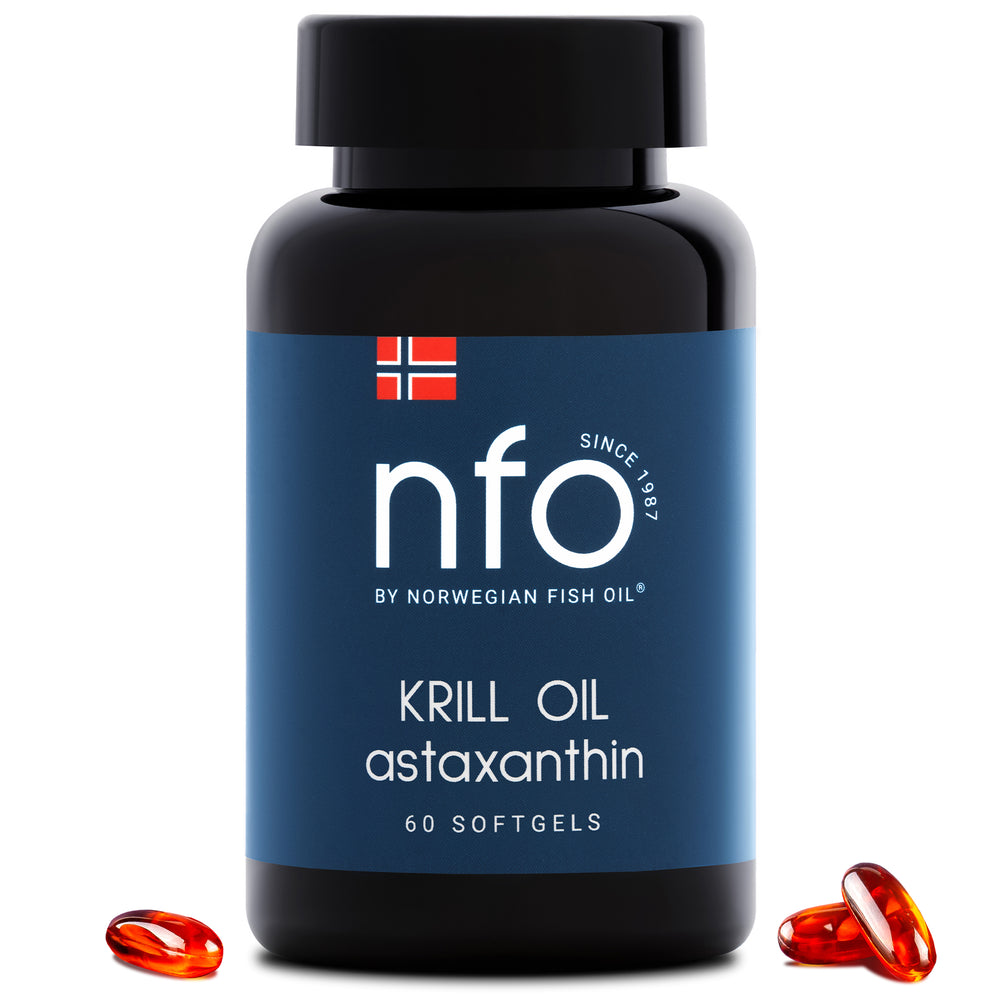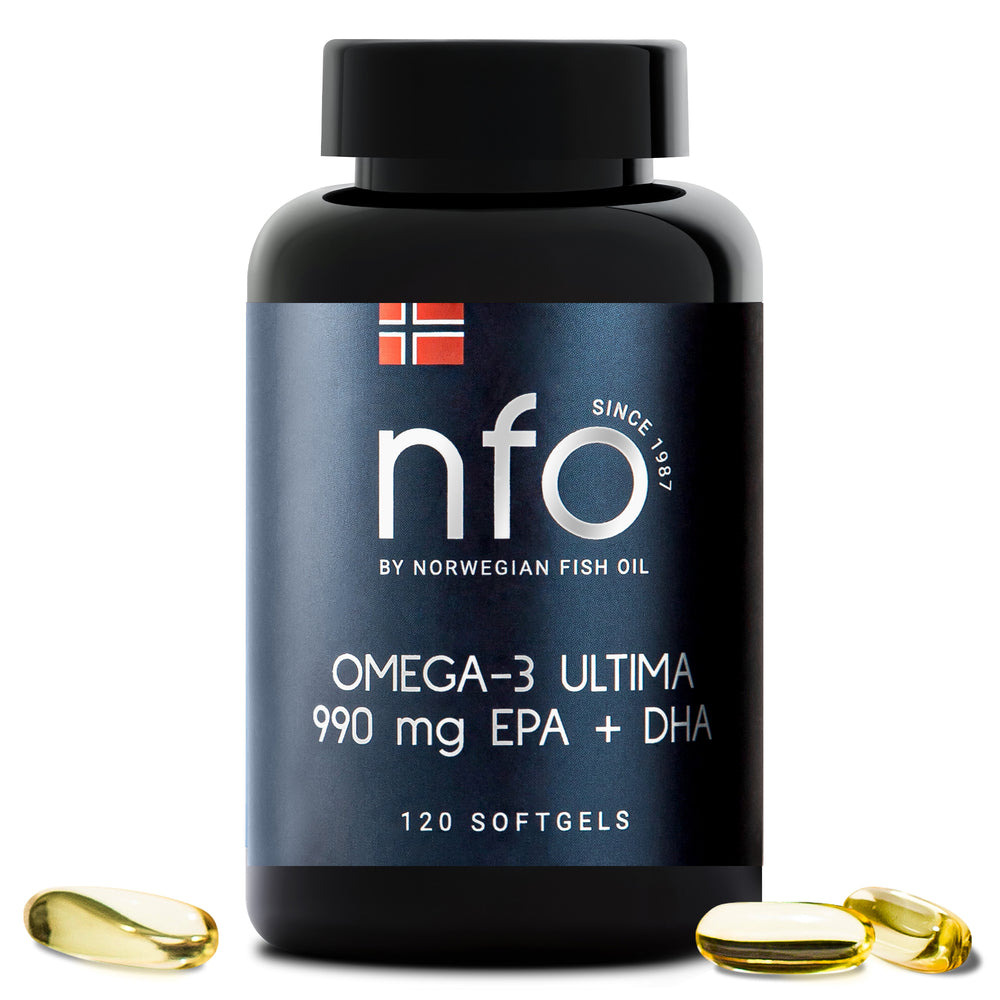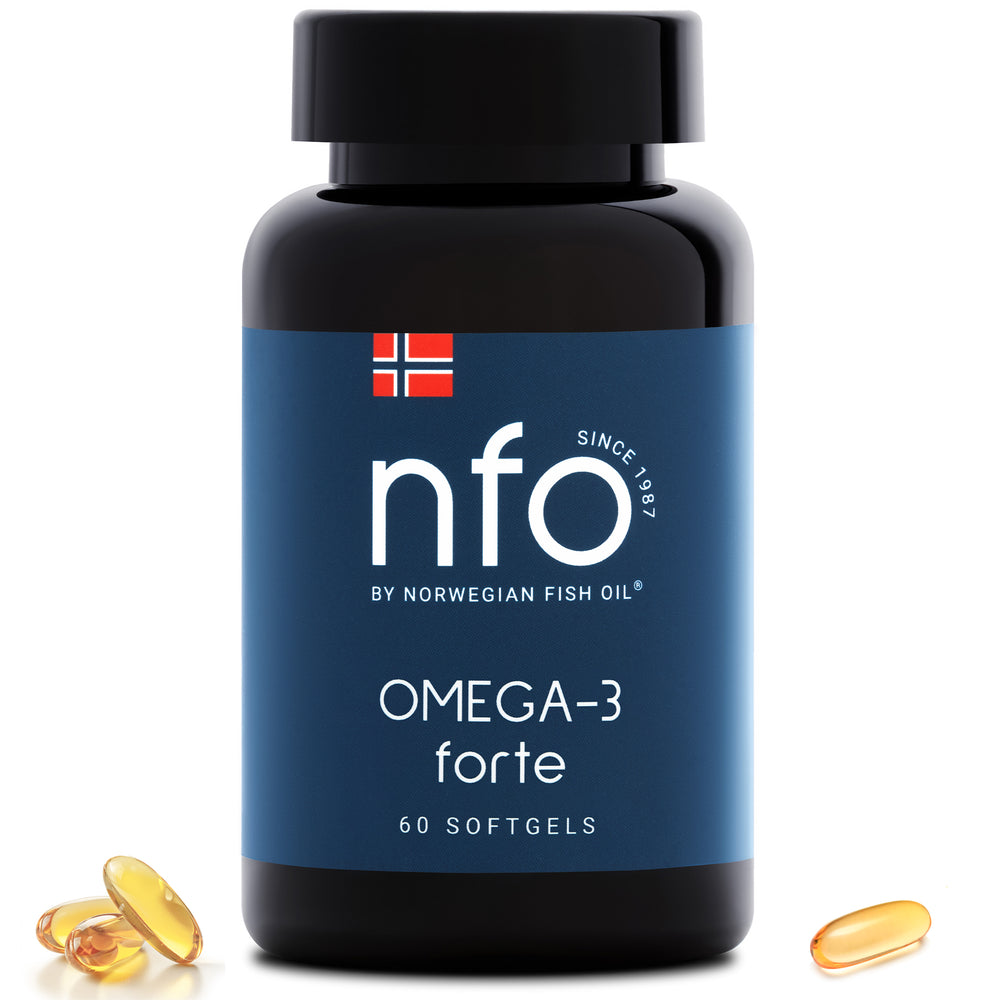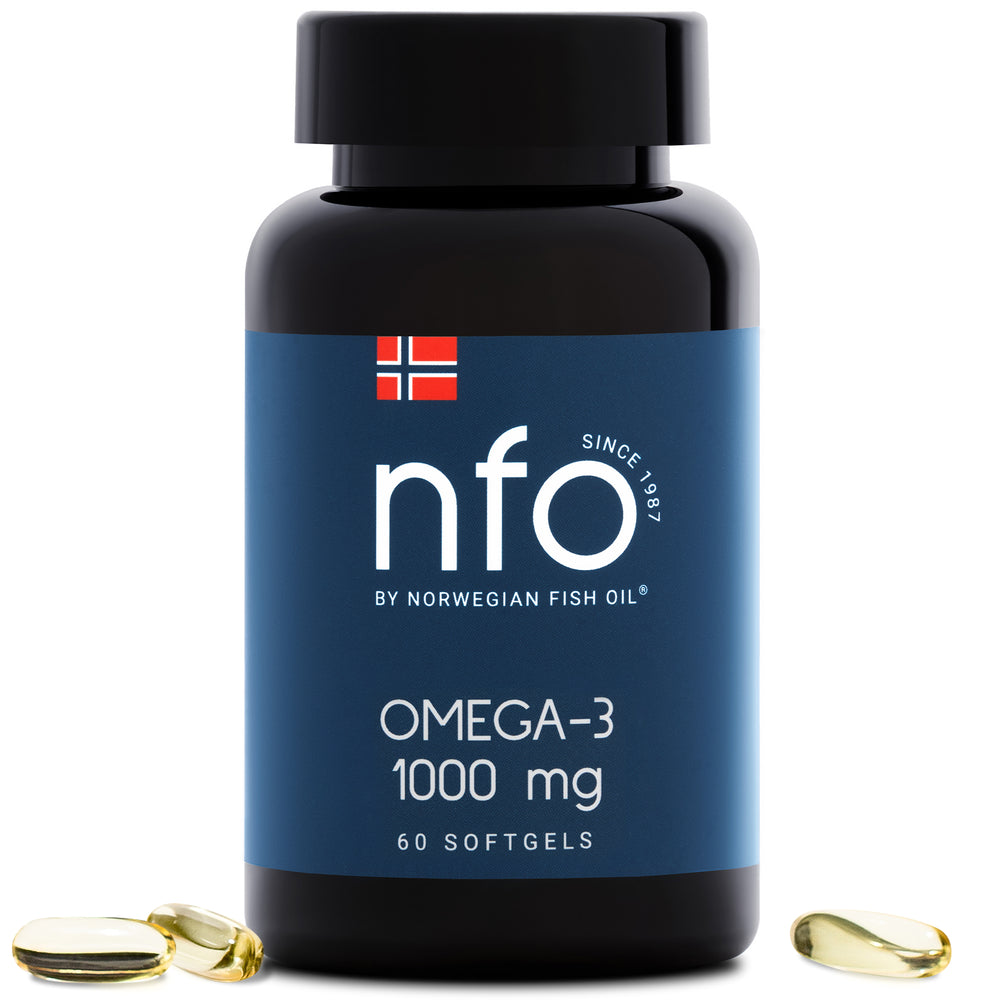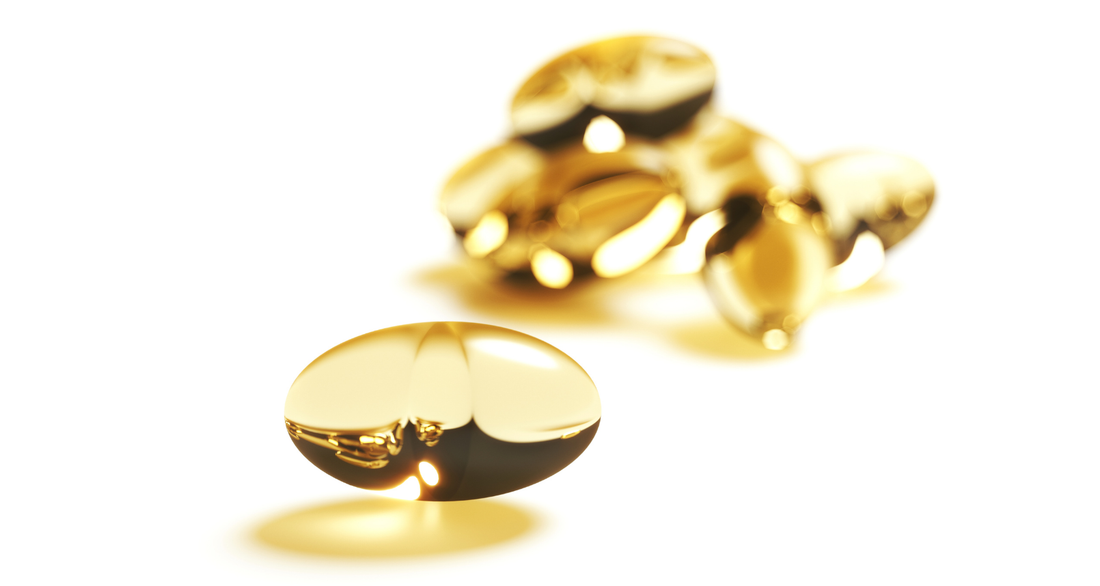
Omega-3 fatty acids like EPA and DHA are big buzzwords in the athlete community for a reason. Athletes often take omega-3 supplements to help reduce training-related inflammation and support muscle recovery. But not all fish oils are created equal. The same dose of EPA+DHA can enter your body differently depending on its form. The two main forms in supplements are triglycerides (TG) and ethyl esters (EE). How do they differ, and which one delivers more omega-3 to your system? We will break it down.
What are Ethyl Esters and Triglycerides?
Every omega-3 supplement starts with EPA and DHA bound to a carrier molecule. In fish and seafood, omega-3s are naturally in triglyceride (TG) form, which means each fatty acid sits on a three-carbon glycerol backbone. In contrast, ethyl esters (EE) are a lab-processed form. The manufacturer removes glycerol and hooks each EPA/DHA onto an ethanol molecule to concentrate the oil. This lets them distill out impurities and boost the omega-3 percentage. Some companies then convert these EEs back into a TG-like form for the final supplement – the Re-esterified TG (rTG)).
- Triglycerides (TG): The “natural” form found in fish oil. EPA and DHA are attached to glycerol, exactly as in wild fish oil.
- Ethyl Esters (EE): A synthetic form used for concentrated omega-3 products. EPA and DHA are attached to ethanol during processing. Cheap or high-strength fish oils often use this form. After distillation, EEs can be turned back into TG (called “re-esterified TG”) or used as-is.
- Re-esterified TG (rTG): Essentially a TG formed from an EE. The oil is purified as an EE and then reconverted to look like a TG.
What does “bioavailability” mean?
Bioavailability refers to how much of a nutrient your body actually absorbs and uses. For omega-3s, it is all about how much EPA and DHA get into your bloodstream after you swallow the supplement. If a form has higher bioavailability, you’ll end up with more omega-3 in circulation.
Because TG and EE have different chemistry, your digestive system handles them differently. Triglycerides are broken down by enzymes into free fatty acids and monoglycerides, which your body readily absorbs. Ethyl esters need an extra step: enzymes must cleave off the ethanol molecule before the EPA/DHA can be absorbed. This can be less efficient, especially if you do not have dietary fat in the gut to stimulate those enzymes.
Research consistently finds a trend: triglyceride forms yield higher blood levels of EPA and DHA than ethyl ester forms for the same dose. In simple terms, TG forms are generally more bioavailable than EEs. For example, one trial gave participants the same EPA+DHA dose in either TG or EE form. The TG supplement boosted blood omega-3s far more than the EE supplement. In that study, the TG oil led to roughly 30% more EPA+DHA uptake than the EE oil. In other words, with the same dose, much more of the omega-3 actually made it into the bloodstream when taken as a TG oil.
Why taking it with a meal matters
An important practical tip: always take omega-3 supplements with some dietary fat. All fat-soluble nutrients (like EPA and DHA) absorb better when there is fat in the stomach to help. Studies show that when omega-3 is taken with a fatty meal, absorption improves dramatically. For instance, one analysis noted absorption efficiencies around 90% for EPA when taken as a TG oil with a fatty meal, versus only ~60% for the same dose as an EE oil.
In short, popping a fish oil capsule on an empty stomach or with a low-fat meal means you could be wasting a lot of it. Athletes should pair fish oil with foods like avocado, nuts, or a protein shake (with milk or yogurt) to maximize uptake. The TG forms have a bit more built-in resilience in lean conditions, but either way, a fat-containing meal will help both forms absorb better.
What the science says for athletes
Omega-3s can support recovery, so athletes often look for an edge. Here is what the evidence suggests:
- Triglyceride form: This generally gives the best “bang for your buck.” More of each capsule’s EPA/DHA dose will end up in your bloodstream. If you are on a strict diet or want maximum absorption, a TG fish oil is a safer pick.
- Ethyl Ester form: These can work too, especially if you follow best practices. Always take them with food and consider a slightly higher dose. Many large omega-3 trials (like heart health studies) have used EE fish oil with good results, so the body can adapt to them if they are used correctly.
- Consistency matters: If you dose daily and reach a steady blood level, the differences shrink. In other words, an athlete who regularly consumes omega-3s will gain benefits from either form over time. Blood levels tend to converge with regular use.
- Quality and labeling: Check the supplement label. “rTG” or “re-esterified triglycerides” is a hint you rre getting the higher-absorption premium form. “EE” means ethyl esters. Also consider freshness (TOTOX) – omega-3s can oxidize. A rancid oil (of any type) will not do you any good.
Key takeaways
- Natural vs. synthetic: Fish provide omega-3s as natural triglycerides. Many supplements are synthetic EEs. The body generally (naturally) absorbs TG forms better.
- Absorption edge: In studies, TG forms raised blood EPA/DHA much more than EE forms. For example, one trial reported about 124% relative bioavailability for TG oil vs. ~73% for EE.
- Meal matters: Always take fish oil with dietary fat. With a fat-containing meal, EPA absorption can hit ~90% for TG vs. ~60% for EE. A lean meal can severely limit EE absorption.
- Over time: With regular supplementation, both forms work. Daily dosing will boost tissue omega-3 levels in the long run, so consistency and total dose are key.
- Choosing a product: If available, pick a TG or rTG fish oil for that extra absorption. If you use EE, just be sure to take it with food and at a sufficient dose.
Athletes want every advantage for recovery and health. Understanding the difference between EE and TG forms helps you get the most EPA and DHA out of each capsule. Keep these points in mind when choosing and using your fish oil, and you can optimize your omega-3 intake for better training support.
References
- Dyerberg J, Madsen P, Møller JM, et al., "Bioavailability of marine n-3 fatty acid formulations," Prostaglandins, Leukotrienes and Essential Fatty Acids, vol. 83, no. 3, pp. 137–141 (2010) pubmed.ncbi.nlm.nih.gov.
- Richie JP II, "Comparing Omega-3 Bioavailability," Nutritional Outlook (2016) nutritionaloutlook.com.
- Chevalier L & Plourde M, "Comparison of pharmacokinetics of omega-3 fatty acids: monoacylglycerides vs. ethyl esters vs. triglycerides," Eur. J. Clin. Nutr., vol. 75, pp. 680–688 (2021) nature.com.
- Witard OC & Davis JK, "Omega-3 fatty acids for training adaptation and exercise recovery: A muscle-centric perspective in athletes," GSSI Sports Science Exchange, issue 211 (Mar 2021) gssiweb.org.

